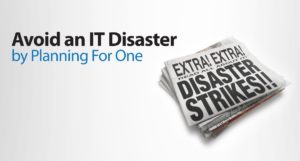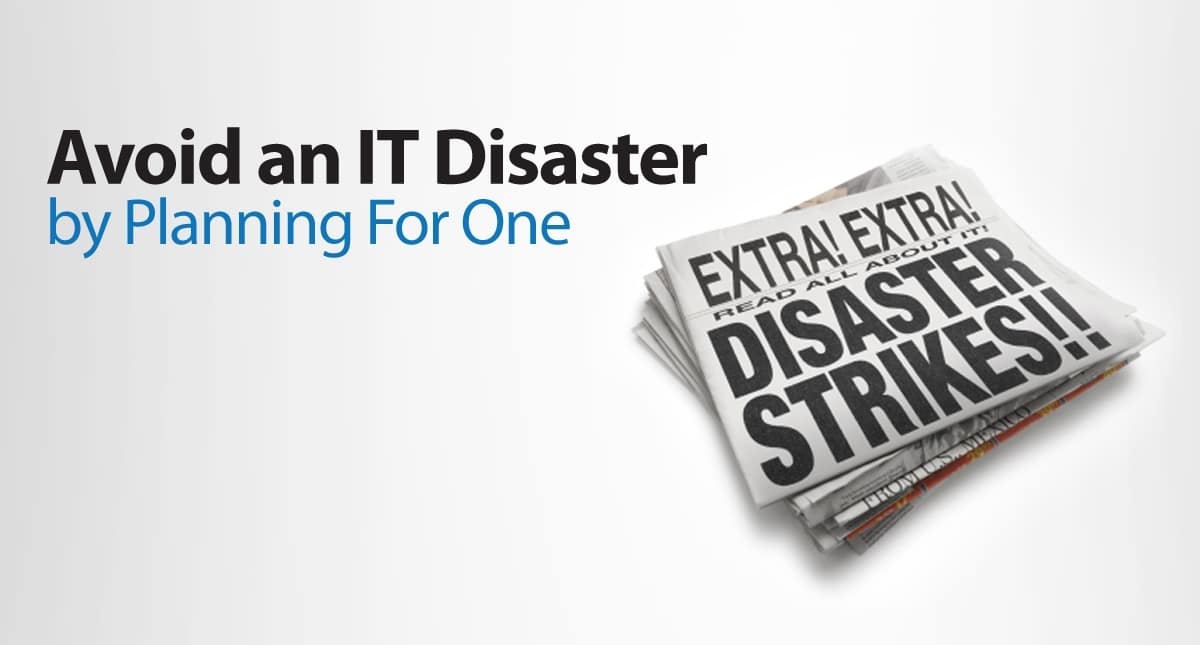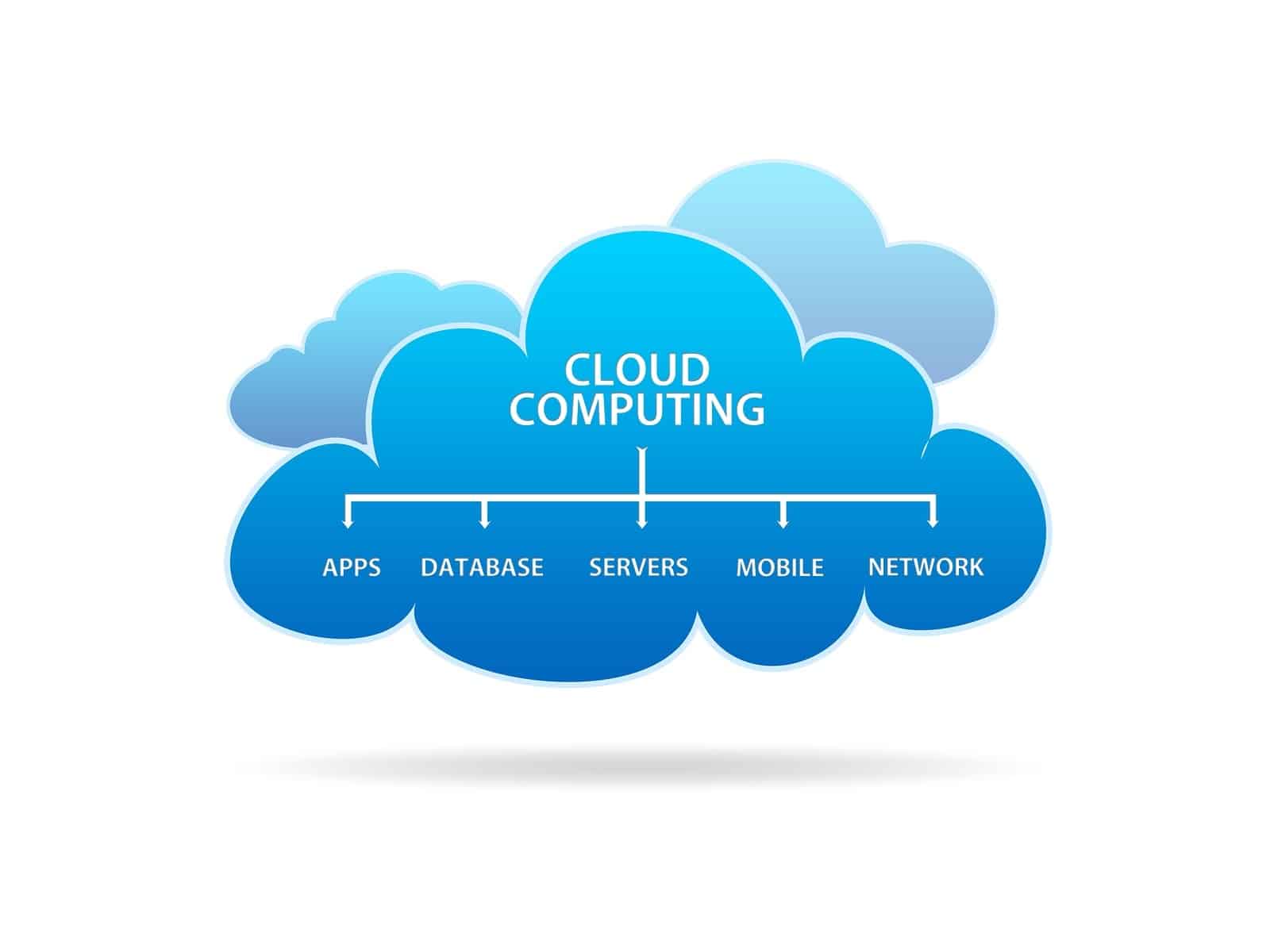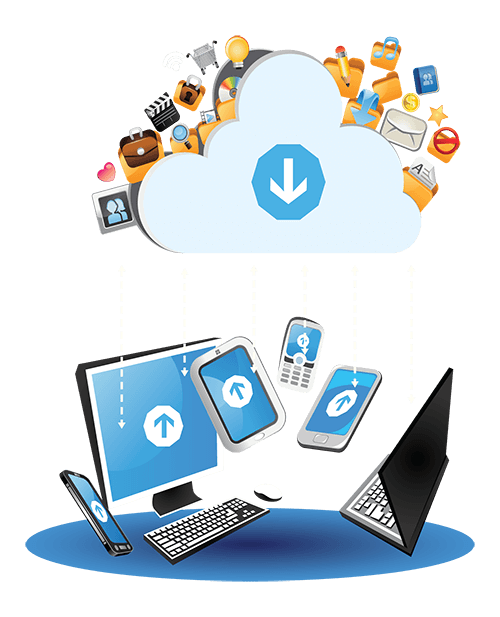
There’s no doubt that the benefits of disaster recovery as a service (DRaaS) are geared toward small businesses. By using DRaaS instead of managing their own data center, small businesses can enjoy the same benefits while paying a fraction of the cost. This allows them to reduce expenses while simultaneously ensuring the future of their business operations. The question now is if small businesses are actually signing up for the service that’s designed for them?
According to recent research, the answer is yes. A recent Cloud Wedge article provides data about small businesses using DRaaS:
“As many as 90% of DRaaS set-ups are for organizations running just 3 to 6 enterprise applications, with between 2 and 5 terabytes of associated data storage. While it’s better to think out your own solution rather than just copying what other SMBs are doing, statistics like these suggest it’s worth taking a look at DRaaS.”
According to the article, the typical DRaaS user is a small business, based on their equipment and hardware. This is a good indicator that small businesses are learning about the benefits of the service and spreading the word.
But the article makes another good point as well. Just because other small businesses are signing up for the service, doesn’t mean that you should too. There are different factors at play that will determine whether DRaaS would be beneficial to your business. For example, if your business already has purchased a data center, chances are it’ll be cheaper for you to stick with it unless you can recover most of that cost.
In most cases, however, small businesses benefit from DRaaS. It ensures the continuity of their business operations without requiring a large upfront investment or monthly expenses. This is why thousands of other small businesses have already signed up for the service and many intend on doing so in the foreseeable future.
If you would like more information about disaster recovery, contact us.








